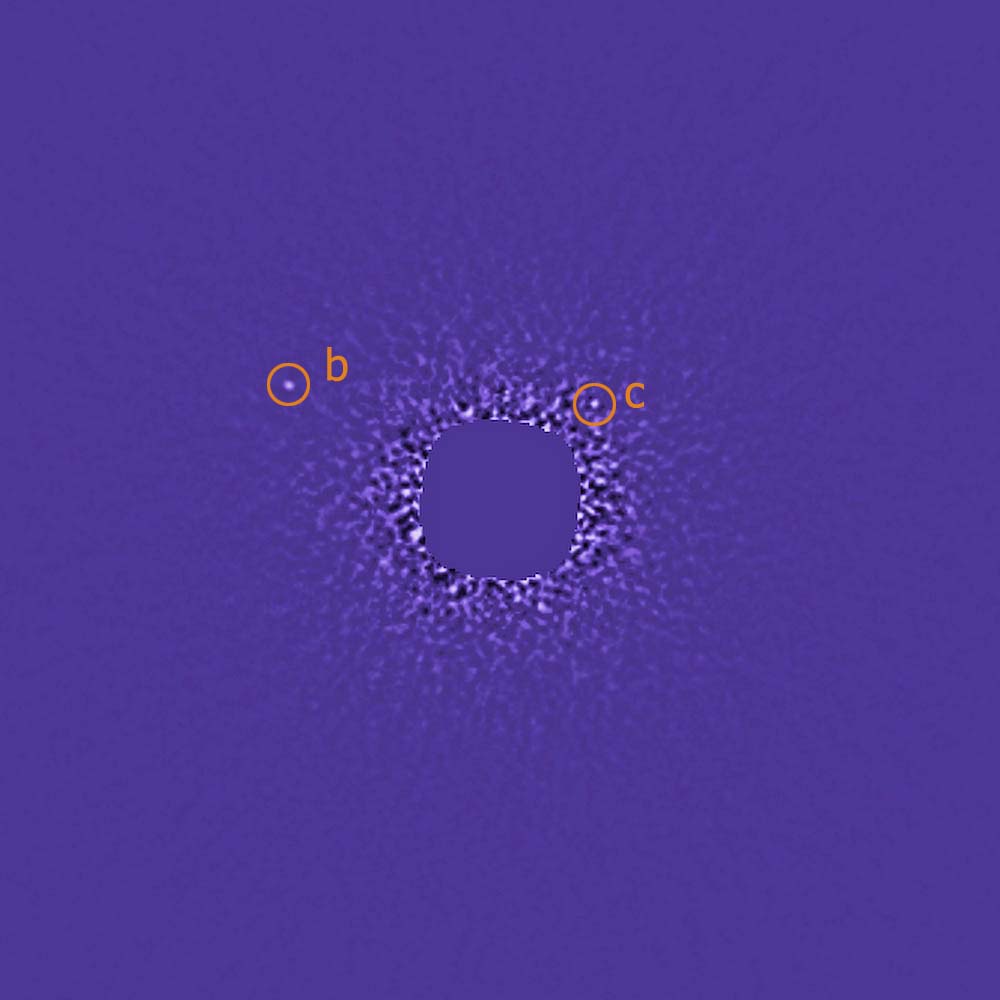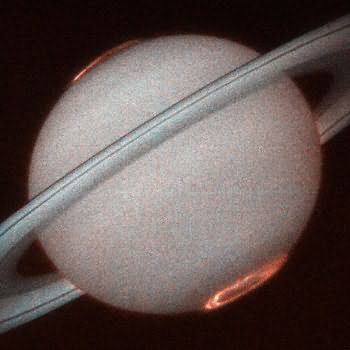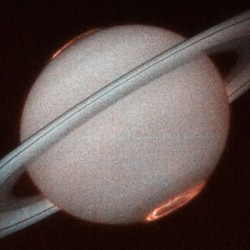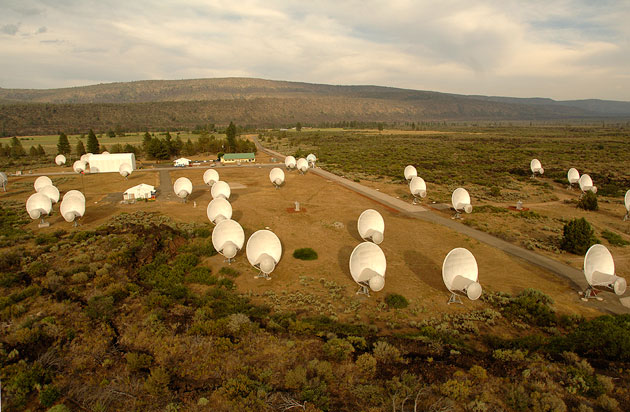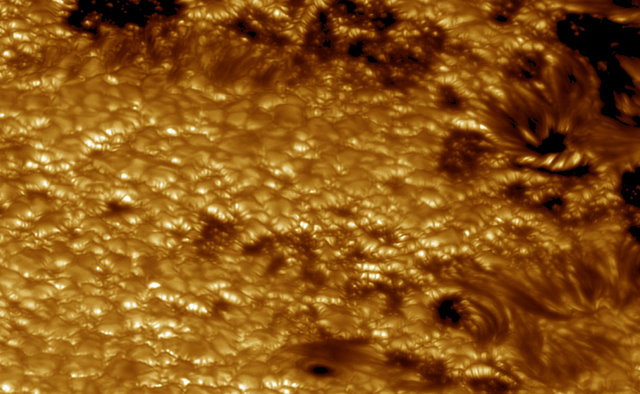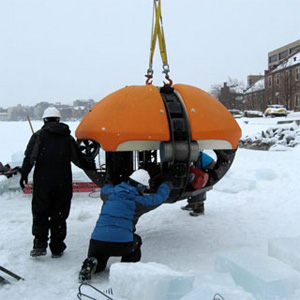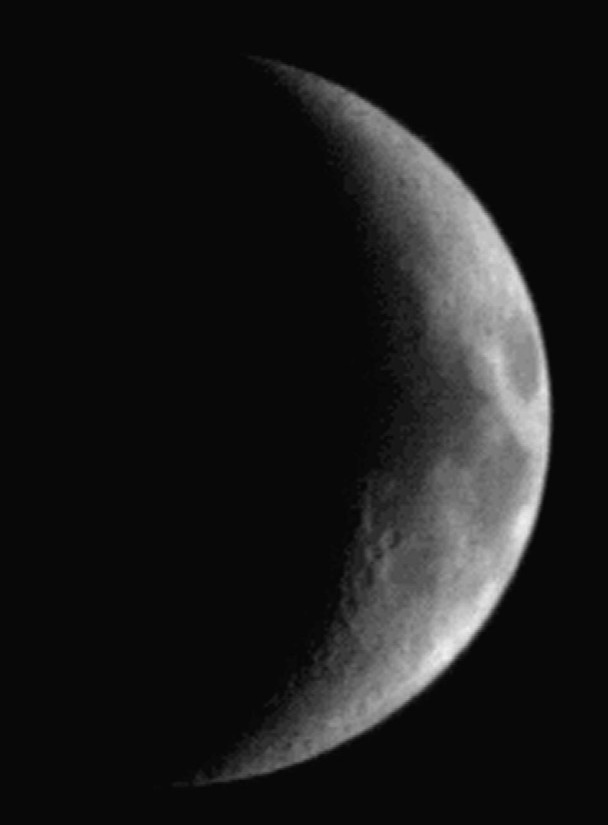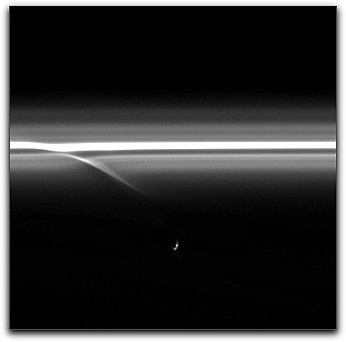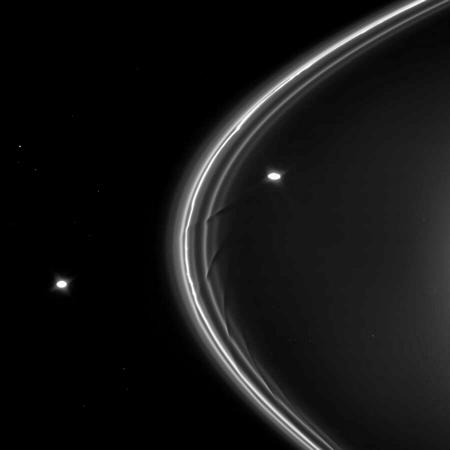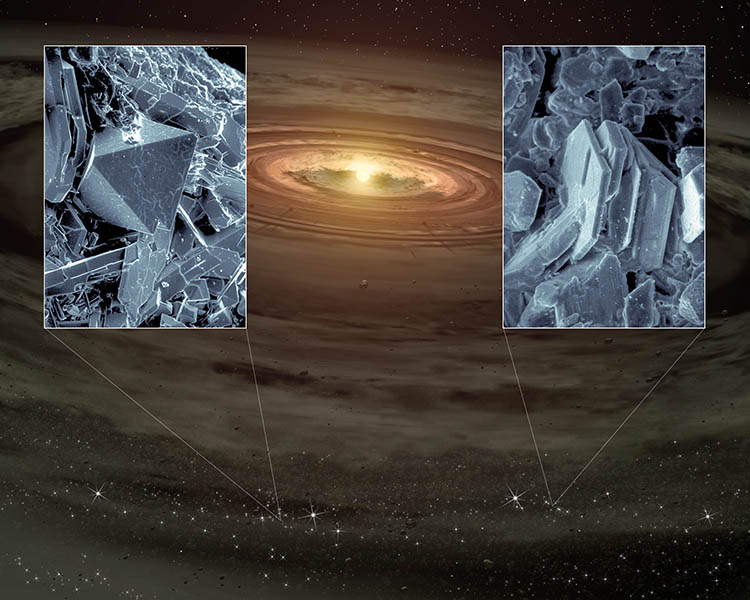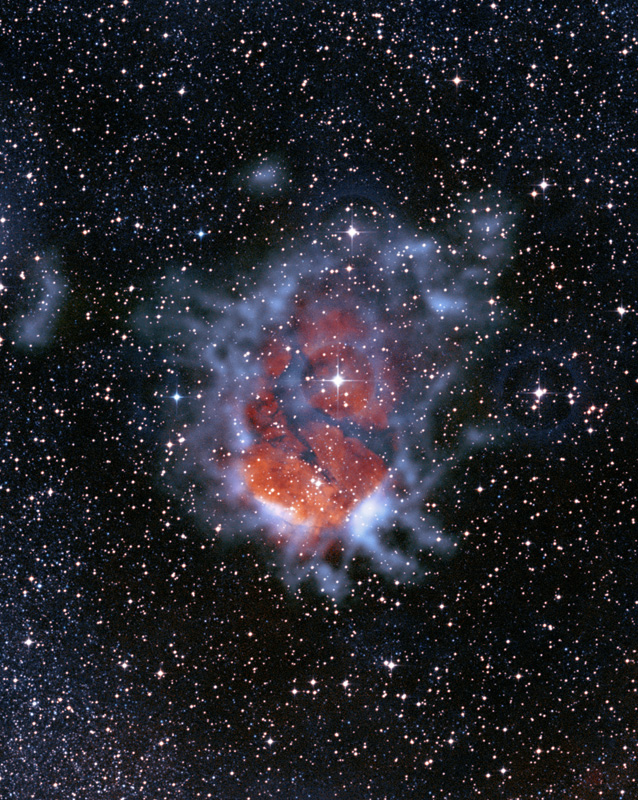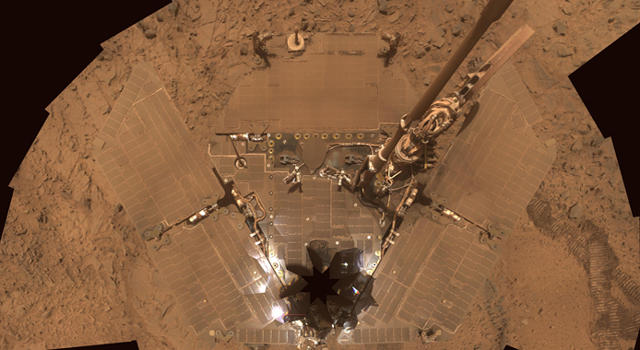Here’s what we’ve all been waiting for: for the first time, astronomers have taken pictures of a multi-planet solar system, much like ours, orbiting another star. This coincides with announcement of the first visible light image of an extrasolar planet taken by the Hubble Space Telescope. This new solar system orbits a dusty young star named HR8799, which is 140 light years away and about 1.5 times the size of our sun. Three planets, roughly 10, 10 and 7 times the mass of Jupiter, orbit the star. The size of the planets decreases with distance from the parent star, much like the giant planets do in our system. And there may be more planets out there, but scientists say they just haven’t seen them yet.
“We’ve been trying to image planets for eight years with no luck and now we have pictures of three planets at once,” said Bruce Macintosh, an astrophysicist from Lawrence Livermore National Laboratory.
Using high-contrast, near-infrared adaptive optics observations with the Keck and Gemini telescopes, the team of researchers were able to see three orbiting planetary companions to HR8799.
Astronomers have known for a decade through indirect techniques that the sun was not the only star with orbiting planets.
“But we finally have an actual image of an entire system,” Macintosh said. “This is a milestone in the search and characterization of planetary systems around stars.”
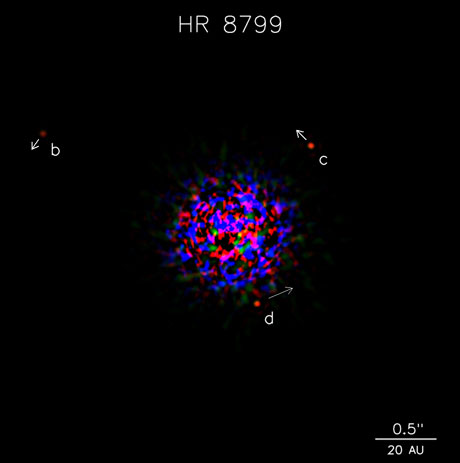
The planets are 24, 37 and 67 times the Earth-sun separation from the host star. The furthest planet in the new system orbits just inside a disk of dusty debris, similar to that produced by the comets of the Kuiper belt of our solar system (just beyond the orbit of Neptune at 30 times Earth-sun distance).
“HR8799’s dust disk stands out as one of the most massive in orbit around any star within 300 light years of Earth” said UCLA’s Ben Zuckerman.
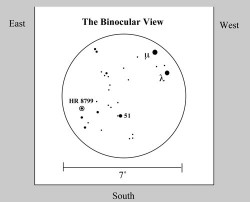
The host star is known as a bright, blue A-type star. These types of stars are usually ignored in ground and space-based direct imaging surveys since they offer a less favorable contrast between a bright star and a faint planet. But they do have an advantage over our sun: Early in their life, they can retain heavy disks of planet-making material and therefore form more massive planets at wider separations that are easier to detect. In the recent study, the star also is young – less than 100 million years old – which means its planets are still glowing with heat from their formation.
“Seeing these planets directly – separating their light from the star – lets us study them as individuals, and use spectroscopy to study their properties, like temperature or composition,” Macintosh said.
During the past 10 years, various planet detection techniques have been used to find more than 200 exoplanets. But these methods all have limitations. Most infer the existence of a planet through its
influence on the star that it orbits, but don’t actually tell scientists anything about the planet other than its mass and orbit. Second, the techniques are all limited to small to moderate planet-star separation, usually less than about 5 astronomical units.
The planets themselves each appear very interesting.
“Detailed comparison with theoretical model atmospheres confirms that all three planets possess complex atmospheres with dusty clouds partially trapping and re-radiating the escaping heat” said Lowell Observatory astronomer Travis Barman.
Source: Gemini Observatory

